Survival Skills
Fire: The 3rd Pillar of Survival
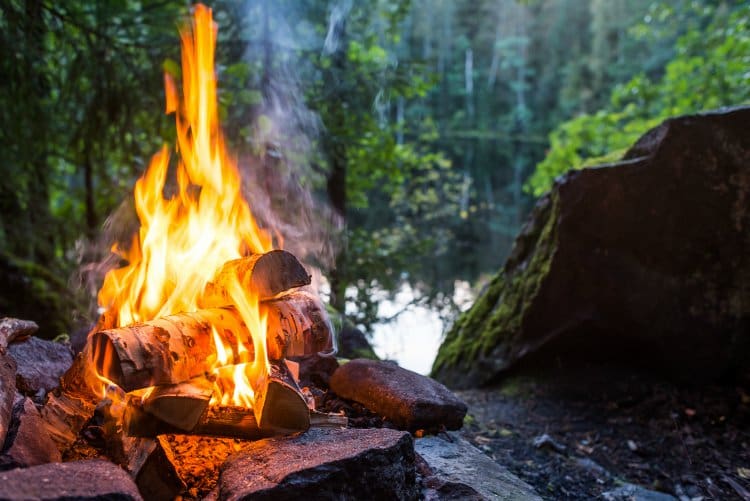
We’re brought up to fear it, avoid it, and associate it with caution. However, when you’re surviving out in the wild and trying to make it on your own, it becomes an absolute necessity to survive…fire. Many outdoorsmen and survivalists view fire as more of a luxury and not as an essential to staying alive, and don’t understand all of the many life-saving and sustaining benefits that come from knowing how to start and maintain a fire in an outdoor situation. Read on to find out the top causes of injury (or even death) when surviving in the wild, and to discover the many unknown ways in which fire can prevent all of these worst-case survival scenarios!
Fire – the 3rd Pillar of Survival
The first most cited cause of death or injury in the wild is hypothermia or loss of body heat. In this way, it is obvious that fire can instantly combat the cold and ensure that you are staying warm and protected from the elements. Many do not realize, but the human body can catch hypothermia from sleeping outside unsheltered or protected with heat as low as 60-degree weather. Whether it’s positively Baltic temperatures or you’ve simply got a little chill in your toes, a fire will make sure that you still insulated and warm until help arrives.
Food and Water
Fire is also essential in actively fighting against dehydration. Of course, you might initially think that fire is the opposite of water – how could it possibly prevent thirst? Fire is needed to create the heat to boil any natural water sources you might find out in the wild, ensuring that they are purified, clean, and able to drink to keep up your energy. It is never a good idea to drink from unknown sources; making a fire to boil your water collection will give you a guarantee that what you’re drinking is pure and unriddled with bacteria or diseases. Similarly, fire is, of course, used to cook food, and this should definitely be a resource that is utilized if you are have been able to obtain raw meat. A simple roast over the fire will provide the same sanitary health benefits that it would even at home in your own kitchen.
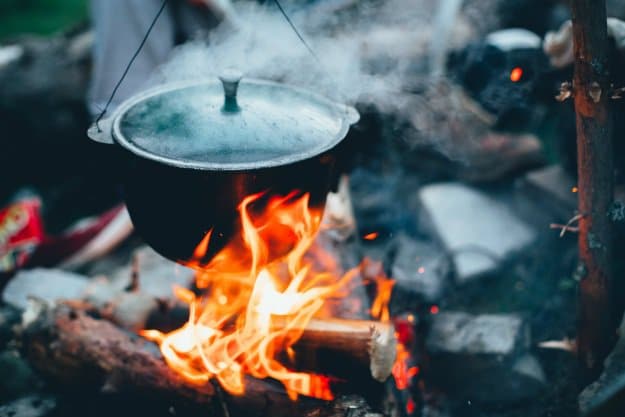
Self-Defense
Self-defense and fire go hand-in-hand, as fire aids in a number of self-defensive strategies to keep you safe during your outdoor stay. To begin, fire provides light which in turn provides sight, the strongest of the human senses. This gives you the ability to determine your surroundings and get a better sense of your bearings, so you’re not met with any unpleasant surprises or circumstances without a warning. A fire also wards off insects and wildlife that could be predatory to you while surviving in the wild. Everything from pesky flies to larger mammals such as bears will see the light from a distance and know to stay far away. Finally, fire serves as a signal to fellow travelers or rescue parties. Both the light and the smoke can be seen or identified from great distances, which will significantly increase chances of survival, rescue, or discovery by others.
Morale Boost
Perhaps the most important benefit of using fire when surviving is the least known. Fire can be an extreme morale boost when living in dire situations or surviving long periods of time without human contact. The light and warmth that fire provides will have a positive psychological impact on the survivor, who will start to feel more comfortable, relaxed, and secure, which is important and necessary when living in solitary or trying situations.
Making A Fire
Now that you know the many benefits of using fire while surviving outdoors, it’s time to learn how to make a fire in various conditions and with different types of natural materials. There are several essential things that you will need when building any type of fire outdoors. The first is a safe place to build your fire. You’ll need to find an area that is free from trees and bushes. You’ll also need matches, of course, to start your spark. If matches aren’t available to you, any sort of flammable material or fire starter will work. Tinder is another essential material for your fire; this means small, dry sticks and twigs that are used to help the fire begin. Kindling, which is material that is slightly larger and denser than tinder, will increase the intensity and speed of the flame, and large logs will build the fire up to a substantial size and ensure that it burns for a long time. And you’ll need to save some water to put your fire out at the end of the night, or when it’s naturally fizzled down to a tiny flicker.
When building your fire, make sure to construct a “fire pit” of sorts to keep the heat and flames centralized and maintained in one area: this can be done by digging a wide and shallow hole and surrounding it with rocks. The tinder will go into the pit first, and once it is lit with a match and a flame appears, start to gradually add your kindling. The kindling will help the fire reach a small but stable size, and this is when the large logs should be added to really get the tall and strong flames that you will need for survival.
While it stands as its own pillar of human survival, it’s clear that fire works hand-in-hand with many other elements in order to keep the survivor fed, hydrated, protected, and focused on their journey ahead. It’s not a luxury or something to be feared – it’s a useful and life-saving necessity!
-

 Do It Yourself7 months ago
Do It Yourself7 months agoParacord Projects | 36 Cool Paracord Ideas For Your Paracord Survival Projects
-

 Do It Yourself9 months ago
Do It Yourself9 months agoHow To Make Paracord Survival Bracelets | DIY Survival Prepping
-

 Do It Yourself9 months ago
Do It Yourself9 months ago21 Home Remedies For Toothache Pain Relief
-

 Do It Yourself10 months ago
Do It Yourself10 months agoSurvival DIY: How To Melt Aluminum Cans For Casting
-

 Exports8 months ago
Exports8 months agoAre Switchblades Legal? Knife Laws By State


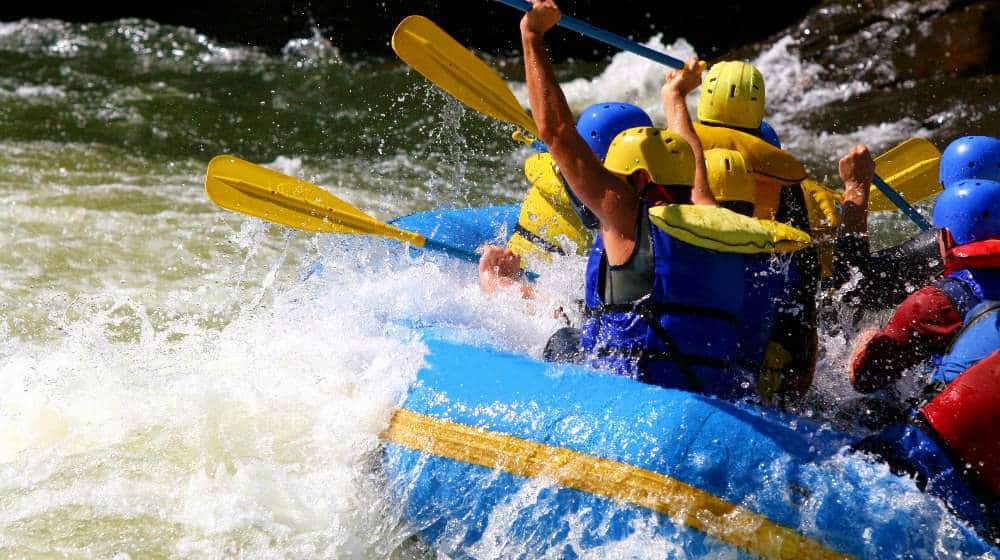


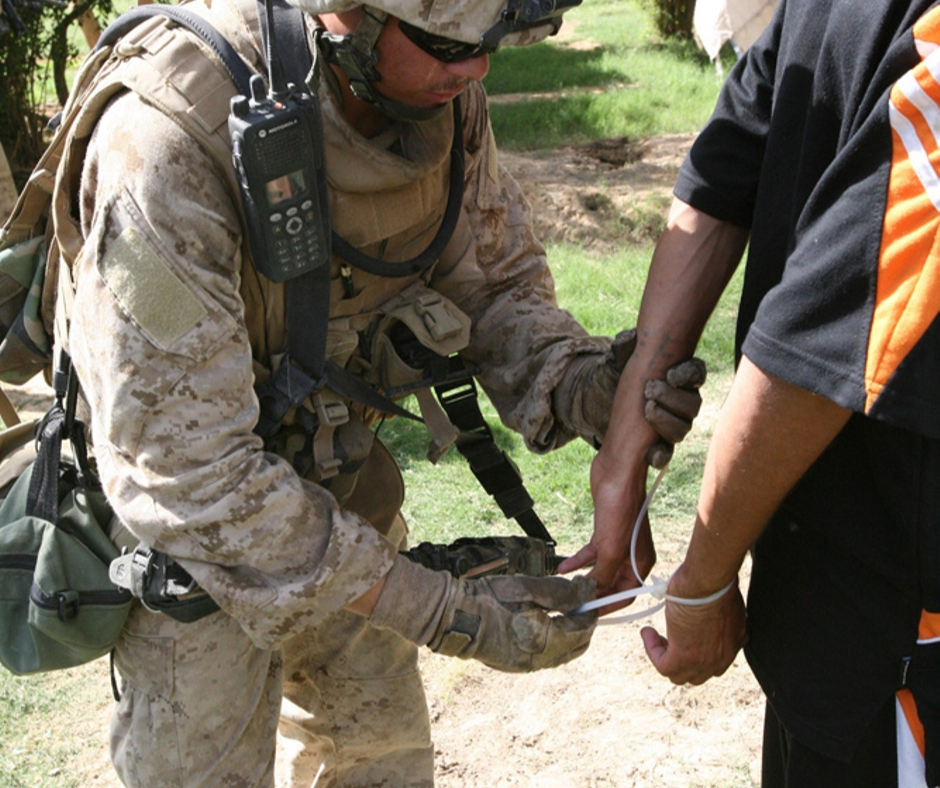
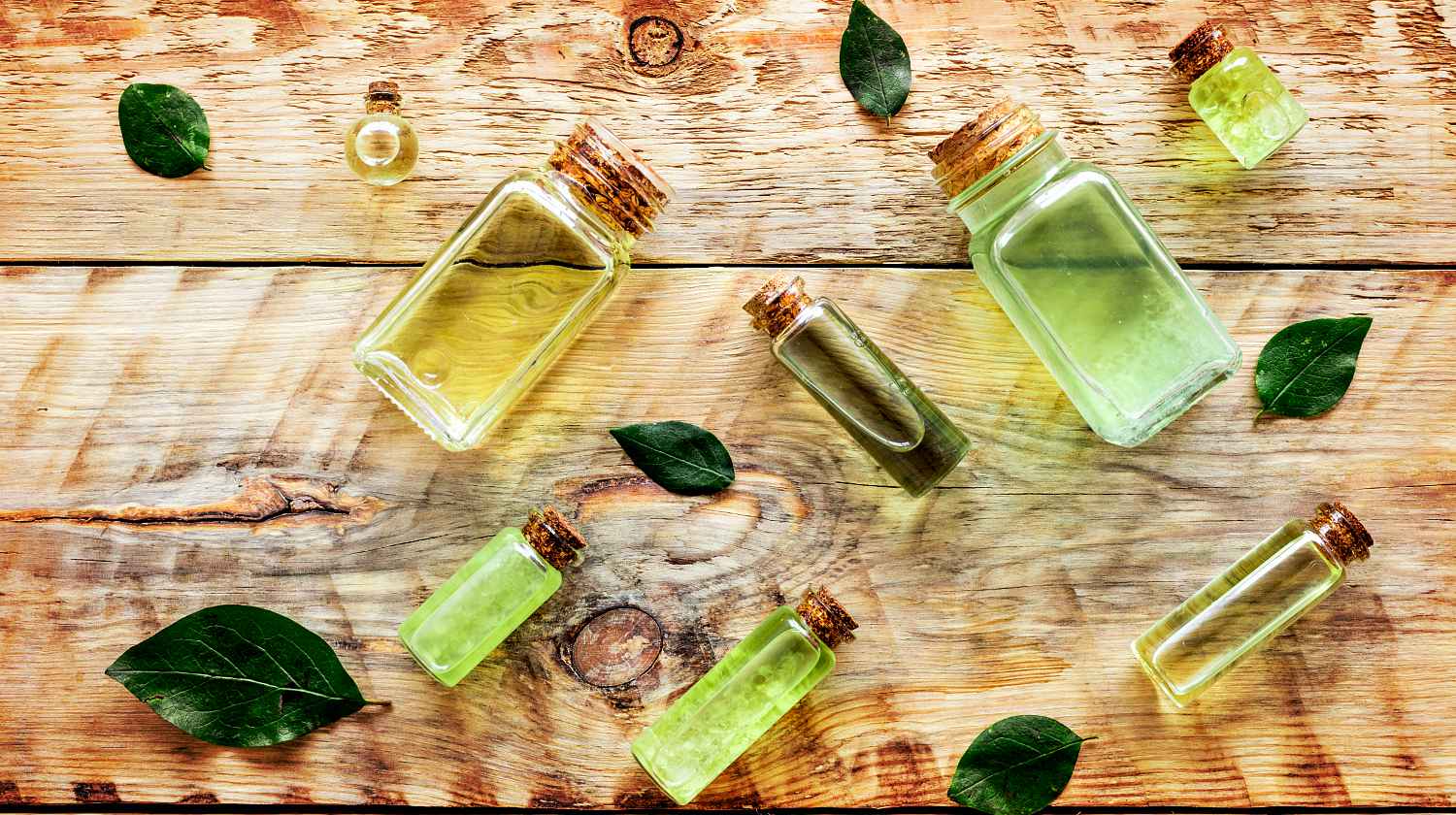

Pingback: Conquering the Cornerstones: Water - the 2nd Pillar of Survival
Pingback: Conquering The Cornerstones: Water – The 2nd Pillar Of Survival | Primitive technology
Pingback: Ways To Start A Fire: Unconventional Tricks and Techniques | Survival Life
Pingback: Ways To Start A Fire | 17 Unconventional Tricks And Techniques – Ultimate Survival Alerts
Pingback: Self-Defense: The 4th Pillar of Survival
Pingback: Build A Fire: A Step By Step Guide With Safety Tips | Survival Life
Pingback: How To Properly Build A Fire: A Step By Step Guide With Safety Tips | Primitive technology
Pingback: Conquering The Cornerstones: Self-Defense – The 4th Pillar Of Survival – Ultimate Survival Alerts
Pingback: Conquering The Cornerstones: Self-Defense – The 4th Pillar Of Survival - Survival Patch
Pingback: Conquering The Cornerstones: Self-Defense – The 4th Pillar Of Survival - Outdoor Survival Questions Information Answers